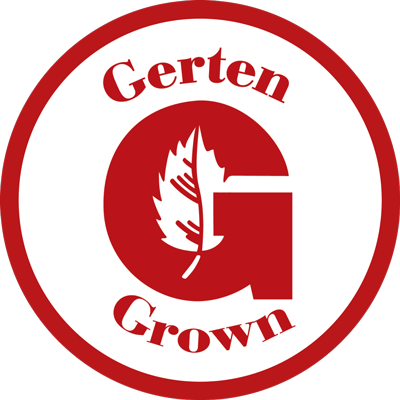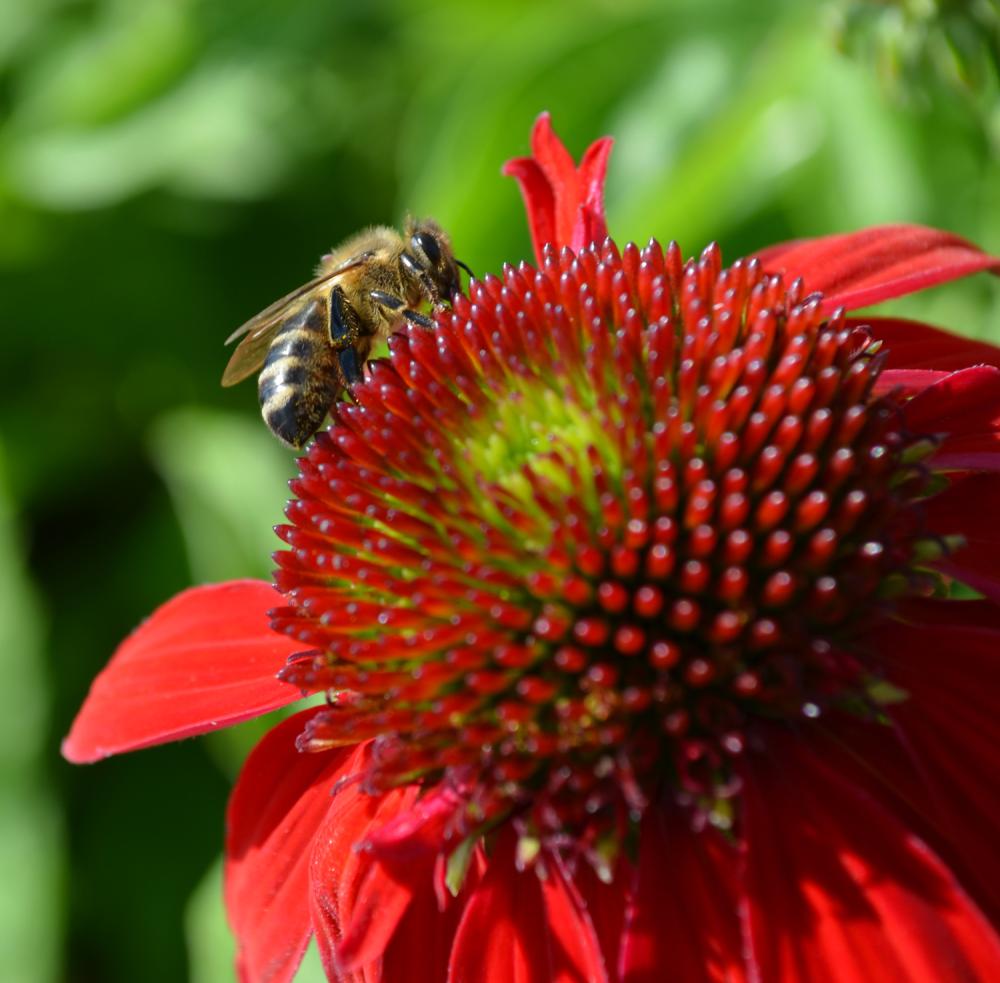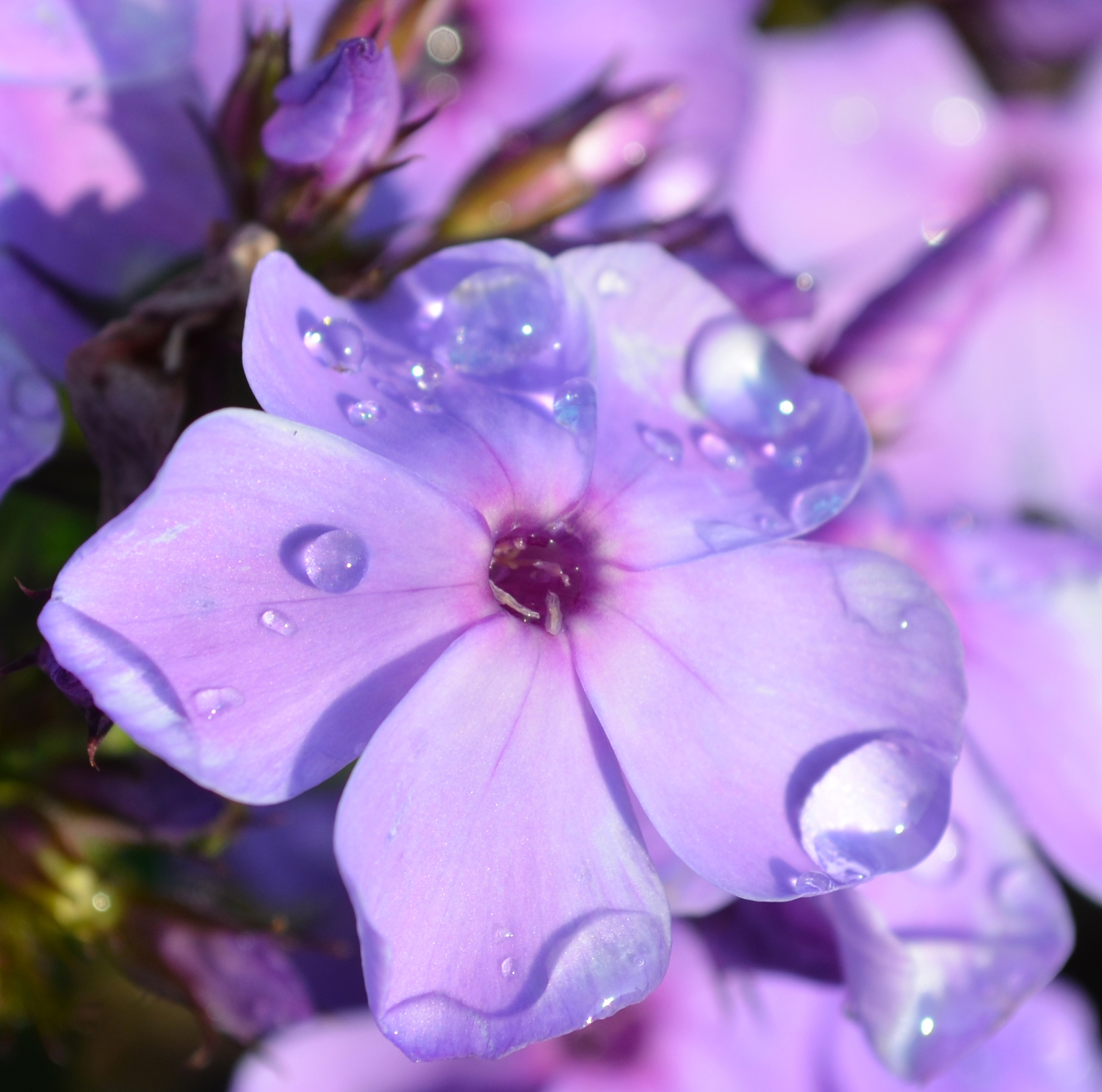Trollius, Globeflower 'Golden Queen'



Out of stock
Sold out for the season- Sun Preference
- Full-Sun, Part-Sun
- Bloom Time
- June, July
Description
Easy-to-grow perennial produces huge buttercup-like flowers in yellow or gold over a long bloom period; Lovely by water -pair with Siberian Iris
Minnesota's Largest Selection of Perennials
Discover an unparalleled selection of perennials at Gertens! With the largest variety in Minnesota, we offer endless options of colorful perennials, natives, and pollinator plants to beautify your garden year after year. From vibrant flowers to lush foliage, our perennials are perfect for adding beauty and charm to your outdoor space. Visit Gertens today and see why we're known as Minnesota's Destination Garden Center!
Details
Height: 3 feet
Spacing: 18 inches
Sunlight: ![]()
![]()
Hardiness Zone: 4a
Other Names: Chinese Globeflower
Description:
Easy-to-grow perennial produces huge buttercup-like flowers in yellow or gold over a long bloom period; Lovely by water -pair with Siberian Iris
Ornamental Features
Golden Queen Globeflower has masses of beautiful gold buttercup flowers with orange anthers at the ends of the stems from late spring to early summer, which are most effective when planted in groupings. The flowers are excellent for cutting. Its deeply cut lobed leaves remain dark green in color throughout the season. The fruit is not ornamentally significant.
Landscape Attributes
Golden Queen Globeflower is an herbaceous perennial with an upright spreading habit of growth. Its relatively fine texture sets it apart from other garden plants with less refined foliage.
This is a relatively low maintenance plant, and should be cut back in late fall in preparation for winter. Deer don't particularly care for this plant and will usually leave it alone in favor of tastier treats. It has no significant negative characteristics.
Golden Queen Globeflower is recommended for the following landscape applications;
- Mass Planting
- General Garden Use
Planting & Growing
Golden Queen Globeflower will grow to be about 3 feet tall at maturity, with a spread of 26 inches. When grown in masses or used as a bedding plant, individual plants should be spaced approximately 18 inches apart. It grows at a medium rate, and under ideal conditions can be expected to live for approximately 10 years.
This plant does best in partial shade to shade. It prefers to grow in average to moist conditions, and shouldn't be allowed to dry out. It is not particular as to soil type or pH. It is somewhat tolerant of urban pollution. This is a selected variety of a species not originally from North America. It can be propagated by division; however, as a cultivated variety, be aware that it may be subject to certain restrictions or prohibitions on propagation.
More Information
| Common Family Name | Globeflower |
|---|---|
| Gerten Grown Plants | Gerten Grown Plants |
| Available for Pre-Order | No |
| Sun Preference | Full-Sun, Part-Sun |
| Bloom Time | June, July |
| Mature Spread (Range) | 12" - 24", 24" - 36" |
| Mature Height (Range) | 25" - 36" |
| USDA Hardiness Zone | 4, 5, 6, 7, 8 |


